Antlia 1.25" H-Beta and OIII Visual and Photography Filter (ANT-HB-OIII-125)
ANT-HB-OIII-125
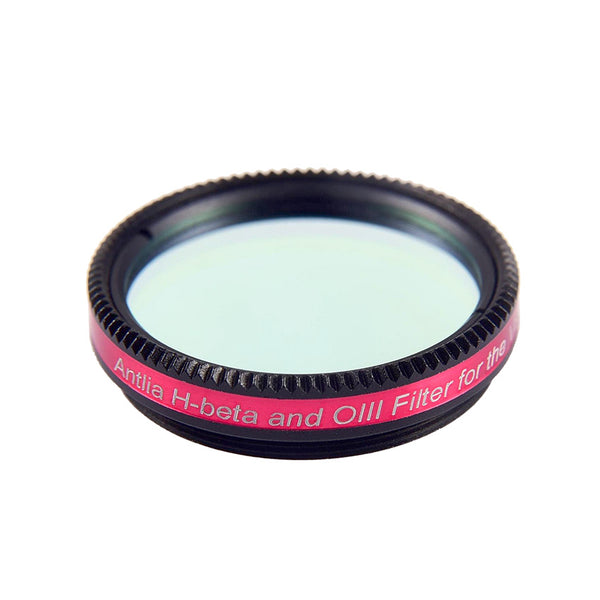



Antlia 1.25" H-Beta and OIII Visual and Photography Filter (ANT-HB-OIII-125)
ANT-HB-OIII-125
Why Purchase from All-Star Telescope?
Free Expert Support
Whether you are a first timer needing help with setting up or an enthusiast that can't quite make that one thing work, our expert staff are ready to support your needs. With decades of knowledge and first hand experience we've been there and we can help you through it!
Stress Free, Secure Transactions
You can trust purchasing and delivery with All-Star Telescope. All of our transactions are 100% secure and Level 1 PCI DSS compliant thanks to Shopify's ShopPay platform. For additional protection, we insure 100% of the value of every shipment we make. If it get's lost during shipment, we replace it. If it gets damaged during shipment, we repalce it. We make sure your product arrives exactly as you would expect it to; we promise.
We also ensure privacy protection. We never keep any of your credit card information on file and any of your personal data is stored accordign to our policies.
30 Day Return Policy
Buy with confidence knowing that we accept returns up to 30 days after purchase. We want you to have something you will actually use and we are confident that we keep good quality products in our store with No Junk.
Price Match Promise
Shipping around for the best price is tough, we make it easier by offering the best pricing in the market. But if you find a better price on an in-store item somewhere else we will match it!
Product Description
Antlia HB-OIII filter is engineered specifically for night visual nebulae observation at a high contrast and Deep-sky astrophotography. Its transmission is 90% or greater at critical wavelengths (OIII 500.7nm, OIII 495.9nm, and H-Beta 486.1nm). You’ll notice much higher contrast boost to observe Planetary Nebula, Supernova Remnant, Emission Nebula, Diffuse Nebula, and extremely faint nebulae by Antlia HB-OIII filter.
When it is used for Astro Deep-sky imaging, it enhances the details of the OIII and H-Beta emission lines with astronomical cameras and DSLRs.
Antlia HB-OIII filter was coated with almost total suppression of optical density (OD)4 on unwanted wavelength and the filter cut-off wavelength is 300-1000nm, which meets the spectral requirements of photographic cameras and further enhances the suppression of the IR region, compared with the visual filters with a cut-off depth of OD3@350-750nm, it performs better to darken the sky background and make deep-sky observation and photography of nebulae, star clusters, and galaxies more easily.
The HB-OIII filter helps faint objects become much more visible against the blackened background and produces near-photographic views of the Veil, Dumbbell, and Orion nebula, among many other objects under both light-polluted and dark skies.
Since human eyes are less sensitive at night, large aperture telescopes are recommended to gather light and funnel it into the observer's eyes.
Important Note: These filters are NOT designed for observing or photographing the Sun. DO NOT use these filters to observe or photograph the Sun. If you do it will result in permanent eye damage!
Transmission Chart & Notes

- Purple Line - Represents the transmission curve of the filter.
- The Major Emission Lines of Nebulae: H-α (656.3nm), H-β (486.1nm), OIII (495.9nm) and OIII (500.7nm)
- The Major Emission Lines of Artificial Light Pollution: Hg / Mercury (435.8nm, 546.1nm, 577nm and 578.1nm), Na / Sodium (598nm, 589.6nm, 615.4nm and 616.1nm)
Specifications
| Model | Oxygen III | Oxygen III | H-Beta |
| CWL (Central Wavelength) | 500.7 nm | 495.9 nm | 486.1 nm |
| Peak Transmission | > 90% | > 90% | > 90% |
| Blocking | OD4@ 300-1000nm | ||
| Filter Thickness | 2mm +/- 0.05mm | ||
| Basic Substrate | Optical, Single, Non-glued substrate | ||
| Surface Quality | S/D (scratch/dig) = 60/40 (Refer to MIL-O-13830) | ||
| Transmitted Wavefront | Lambda/4 or better | ||
| Parallelism | Less than 30 arcsec | ||
Additional Articles, Videos, and Links
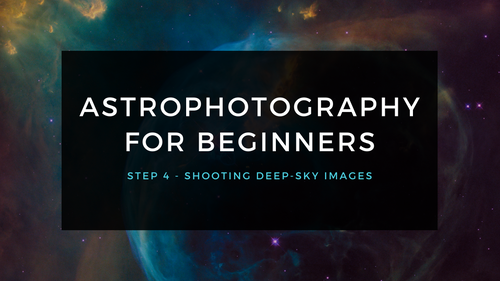
Astrophotography for Beginners Step 4: Shooting Deep-Sky Images
Taking deep sky pictures can be daunting, luckily there is an easy process to follow to allow you to get great shots! Here is the typical process for actually taking deep-sky images in the field.
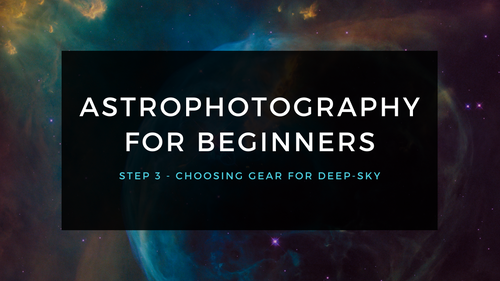
Astrophotography for Beginners Step 3: Choosing Gear for Deep-Sky Imaging
Using a star tracker gains you experience with the fundamentals of deep-sky imaging. Shooting the Moon gains you experience focusing and framing through your telescope. Through your sessions you’ll...
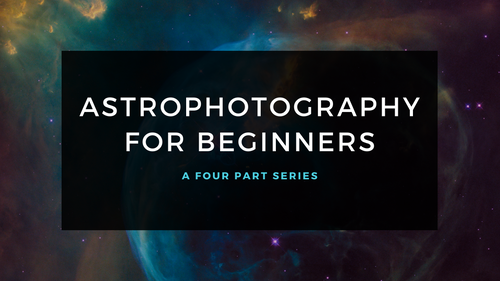
Astrophotography for Beginners - Start Here: Getting into Astrophotography Step by Step
Shooting the night sky has never been more popular, nor easier. The choice of equipment has also never been better, or more affordable. However, as per the advice given by Dickinson and Dyer in the...
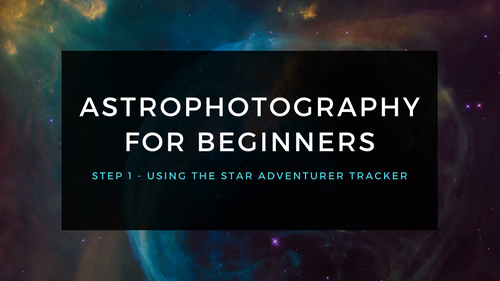
Astrophotography for Beginners Step 1: Using the Star Adventurer Tracker
By far the most economical and easiest way to capture beautiful images of the Milky Way and large deep-sky objects like the Andromeda Galaxy (shown here) is to use a star tracker. Here are steps an...
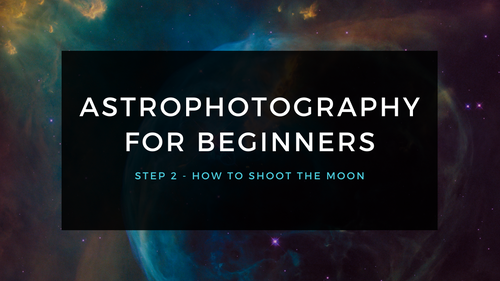
Astrophotography for Beginners Step 2: How to Shoot the Moon
Close-ups of the Moon are rewarding, and an easy way to learn to shoot through your telescope. While good results are possible with a phone camera clamped to an eyepiece (as shown below), this tuto...

